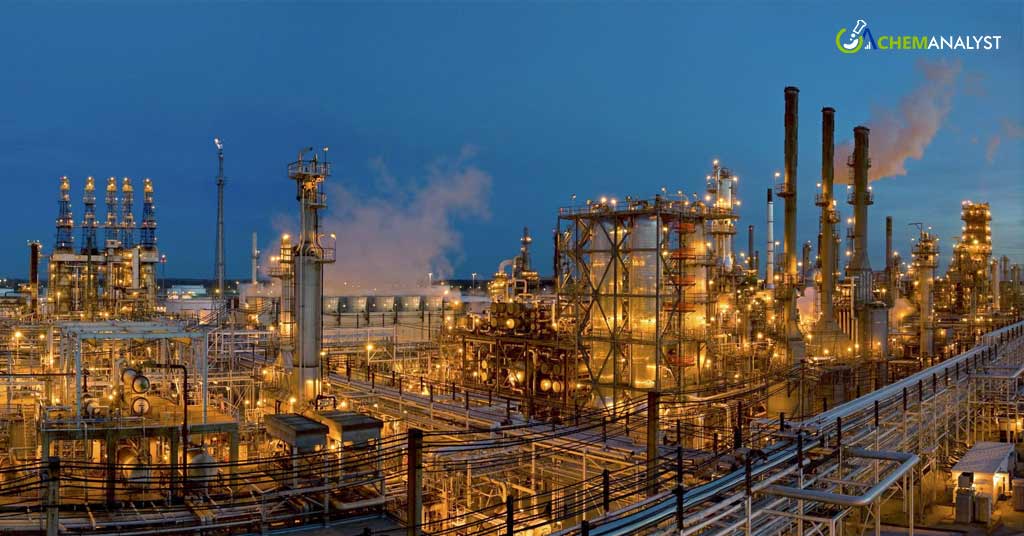Welcome To ChemAnalyst

Acetone prices in the European market remained stagnant in the second week of February 2024 after gaining strength in the previous week. Moreover, benzene (the primary feedstock) prices in the European market continued to rise, following an upward trend in the regional market amidst tight supply. The widening spread is a result of strong price increases in downstream industries such as Acetone, personal care, and cosmetics, driven by limited immediate Acetone supply and rapidly increasing feedstock benzene prices. As of the week ending February 9th, Acetone market prices were observed at USD 1130 per MT, FD Karlsruhe, showcasing a lesser number of inquiries about Acetone in the German market.
The price navigation of Acetone in the domestic market depends on various factors such as the gap width between demand and the supply chain of the commodity, and the energy cost required during the operational activity of Acetone. Cosmetics and the personal care sector are major ruling domains in the European market requiring Acetone as the key element. Even with a decrease in important markets like China and the United States, French exports of perfumes and cosmetics are still increasing significantly year after year.
The price of naphtha, an important petrochemical feedstock, has surged in Asia due to drone attacks on Russian refineries and the shipping crisis in the Red Sea, which have disrupted European shipments. This price increase, well above last June's low of around $500, reflects the challenges faced by traders in managing the impact of these conflicts.
Europe produces more gasoline than it uses, making it a significant supplier to West Africa. Additionally, Europe exports gasoline to the United States, the largest consumer of gasoline globally. However, high inventories in the U.S. and reduced demand in January contributed to a decrease in the price of European fuel. The spread between Eurobob gasoline barges and Brent crude futures dropped to a two-month low of approximately $6.70 a barrel in early January, according to LSEG data, but has since rebounded.
Container hub ports in Northern Europe seem to be managing the arrival of a group of ships from Asia, which were delayed after being redirected around the African coast. The hub ports of Rotterdam, Hamburg, and Southampton experienced a sharp increase in yard utilization levels last week, spiking to between 85% and 90% from just around 55% in previous weeks. This spike was due to the arrival of delayed vessels. Additionally, these ports had to deal with severe weather conditions in the North Sea, including strong winds, which further delayed ship arrivals and departures. In Hamburg, the river Elbe was temporarily closed to large vessels due to these conditions.
According to ChemAnalyst, Acetone prices in the European market are anticipated to see gradual and stable movement in the first quarter of 2024, supported by improved productivity rates and a moderate demand outlook. Meanwhile, the cost support for Acetone is likely to remain steady as energy prices continue to remain under pressure.
We use cookies to deliver the best possible experience on our website. To learn more, visit our Privacy Policy. By continuing to use this site or by closing this box, you consent to our use of cookies. More info.
